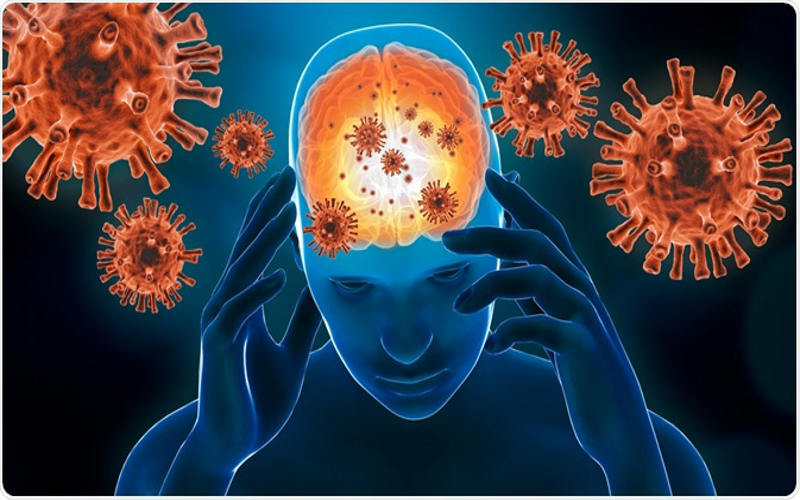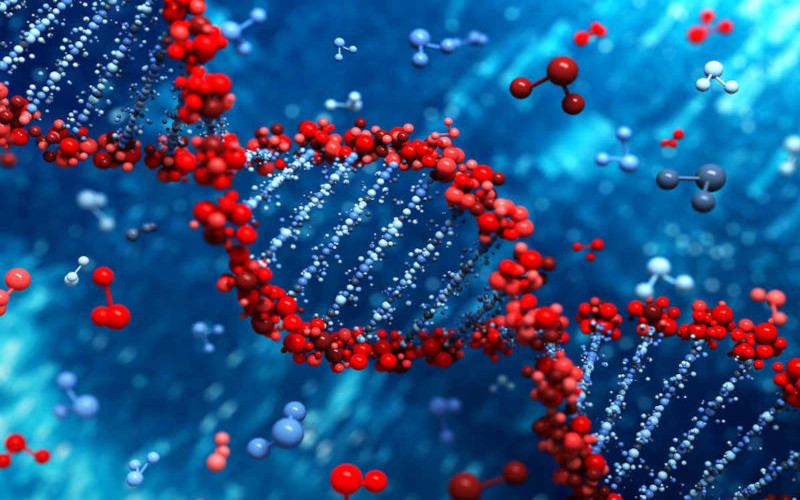The Principles of Functional Microbiology:
1) The core of FMB (Functional Microbiology) is that the host (the Human Body) is a vast and diverse microbial ecosystem that is just like any external ecosystem, complete with its own food chain and resident organisms. Think of it as you would a forest or a jungle or an ocean/sea: there are predators and prey, soil, things that grow in the soil, things that die and fertilize the soil or environment, scavengers, and so forth…What is inside is, quite literally, identical to that of outside.
2) Everything is food for something else. Everything is prey for a predator, and everything in the host is on the proverbial “food chain”, even the host itself.
3) Nothing “infects” in the traditional sense of the word; however, what happens when a natural predator of a seemingly innocuous organism, such as Candida Albicans, is killed off artificially through some foreign exterminating factor, like what happens to the deer population when human hunters kill off all the wolves in a woodland region? The organism (deer) grow out of control and wreak havoc om the ecosystem by simply consuming all of the available resources. With no natural prey, they can grow unopposed…This is what happens when the microbial flora of a host (human) organism is disrupted by artificial means or the introduction of a foreign body that overwhelms (causes deficiency) in the host.
4) There are trillions of microorganisms that compete with each other or support each other in the human host ecosystem. There aren’t any “good” or “bad” organisms, per se; just that each has its own purpose and own role in that ecosystem.
5) If there was a definition of “bad” organism, it would be as follows: Any colonizing or opportunistic or invasive organism that derives nutrients through the oxidation of host or host ecosystem matter through the introduction of toxins that degrade or destroy host tissue or ecosystem residents to create readily available food for the colony or opportunistic or invasive organism. This is, by definition, a “pathogen”.
6) A Pathogen cannot be pathogenic unless it has matter to consume, and in order to do this it must a) consume already dead matter (re: matter that is deficient already, dying, or dead) or b) it must kill living matter or weaken it enough so that the pathogen can feed off the organism, host cells, or the ecosystem terrain. Look at it from this perspective: Some organisms are like lions and hunt in packs, and must kill to eat, and usually it kills an already old or weakened organism just like a pack of lions kill and eat old and weak members of the “herd” (re: Culling the herd). Other organisms are like vultures and only eat carcasses of dead organisms. Then there are organisms that poison their prey to weaken them, or kill them, such as a spider would stun its prey with poison. Microorganisms behave in all the same ways as “big” multi-cellular organisms. Their function is what determines their role as either predator or prey in the host ecosystem.
7) The biofilm community is the key to understanding how these organisms coexist and interact with one another. This “matrix” allows for organisms to communicate with each other in the same species and strain while also being able to communicate cross-species and genera and even completely different kingdoms. Bacteria and Fungi can exchange DNA and genetic data with each other via “quorum sensing”, and viruses (re: exosomes) are used to transmit new DNA to communicate between organisms in a biofilm to aid in adaptation to environmental changes or threats. Biofilms are like a “cease-fire” zone where organisms tend to work in concert and in symbiosis instead of in competition with each other, providing food and protection for each other while exchanging vital information regarding the environment.
8) Viruses are not living things. They have been miscategorized and misunderstood for 100 years, and are merely protein vesicles that contain DNA data that is transported from cell-to-cell between species, and are often confused with “exosomes” which may “jump” species but do not cause disease. Since viruses are, in essence, a protein or protein fragment wrapped in genetic material (so-called RNA viruses), they can produce an immune, or allergic, reaction that is erroneously misinterpreted as “disease”. Viruses are not the cause of disease; they may, however, cause a reaction just as a food allergen protein can cause a reaction. Reactions are NOT “disease”. It is entirely possible that viral “disease” is erroneously blamed for “deaths” from viral diseases when, in fact, it is the toxic treatment that causes the damage and the harm to the individual who died, or deficiency disease was the cause, or the toxic byproducts of an opportunistic organism such as candida or one of the pathogenic clostridium species. More to come later…
Please read this important Disclaimer and our Privacy Policy notices here.
For more great articles be sure to keep checking back on Drugless Functional Medicine on a regular basis!



